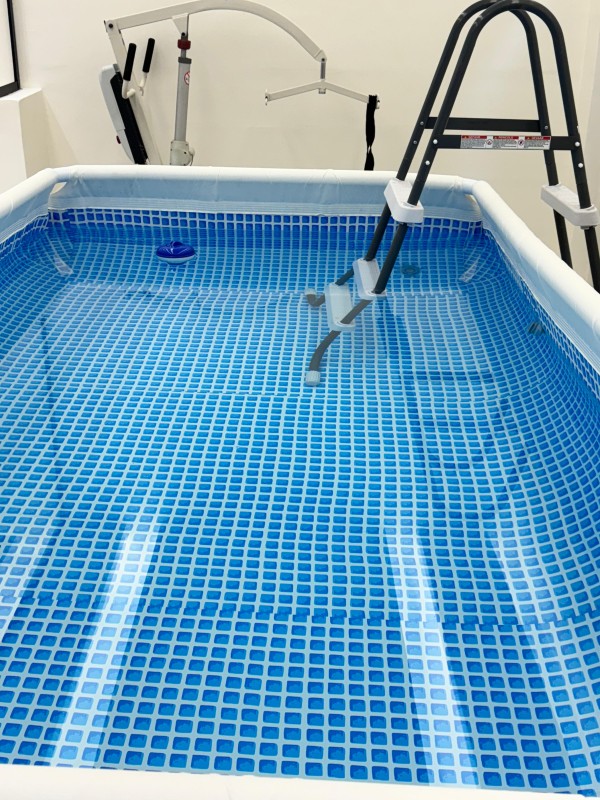Swimming
Water is a medium for movement with various forces such as buoyancy, viscosity, pressure, drag, and lift. The body submerged in water interacts with these new forces and adapts in a different way. In water, the buoyant force reduces the weight of the body, so the joints are not negatively affected by the body's weight load. Muscles can still function despite their weakness, and the buoyant force can be increased to the point where the effect of gravity and body weight is nearly zero. Movement in water is essentially movement without body weight.
Water allows for unrestricted movement, which greatly contributes to the development of the respiratory and circulatory systems, as movement in water is limitless, while movement outside it is restricted.
Developing the ability to breathe underwater significantly enhances the ability to speak, which primarily relies on the quality and strength of exhalation.
The water's pressure on the body helps improve blood circulation and lymphatic flow.
This pressure also contributes to increasing bone density.
We have a special program called "Swimming as Therapy," where patients learn how to swim according to the type of injury, with water becoming an alternative medium for movement.
 English
English
 العربية
العربية



Add New Comment